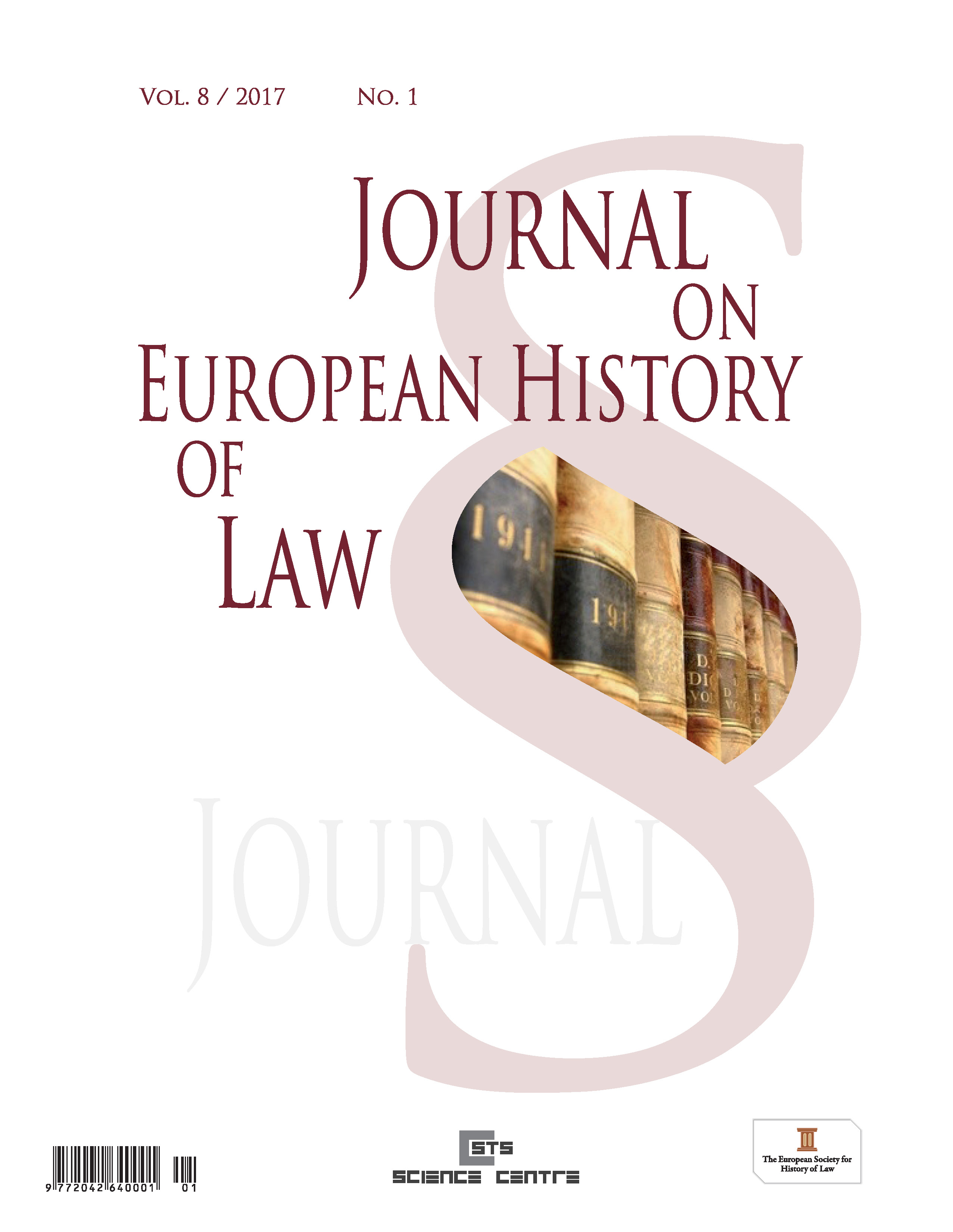National Mobilization of Labour Force in Czechoslovakia (1945 – 1949)
National Mobilization of Labour Force in Czechoslovakia (1945 – 1949)
Author(s): Veronika SteinováSubject(s): History, Law, Constitution, Jurisprudence, Economic history, Labor relations, WW II and following years (1940 - 1949)
Published by: Evropská společnost pro právní dějiny, z.s.
Keywords: National Mobilization of Labour Force; the Labour Protection Office; The compulsory recording of changes in employment relationships; mobilizing the labour force;
Summary/Abstract: The regulated mobilization and distribution of the labour force is a process in which individual workers are allocated to work positions in specific branches or fields of social production in such a way as to enable together the functioning of the overall social work.After the end of World War II was a labour shortage in Czechoslovakia and of course the Czechoslovak economy focused on the needs of the war. The structure of the labour market (the employment rate and distribution of the labour force in individual branches and regions) was completely uneven. The District Labour Protection Offices were established pursuant to the Ordinance No. 13/1945 Sb., to provide for the temporary building up of Labour Protection Offices and Regulation no. 164/1945 Sb., to provide for districts and seats of District Labour Protection Offices and their branches. The compulsory recording of all changes in employment relationships was gradually implemented. A job seeker and also an employer had always the duty to apply to the Labour Protection Office when seeking or offering a job (Under Ordinance No. 15/1945 Sb.). The award prior approval of a competent District Labour Protection Office is the most important requirement to enter into the valid employment relationship (apprenticeship).In Czechoslovakia was in 1946 – 1947 planned the labour force mobilization (based on a voluntary) only for some individual areas of the economy. Only after two years the state proceeded to the central planning of the labour force mobilization.At the turn of the 1940s and 1950s, plan-based labour force management can be divided into reproductive movement of the labour force, recruiting new labour resources from adult citizens capable of work who had not yet been engaged in the work process or redistribution of the labour force (placement of workers within sectors. School graduates represented the largest labour recruitment as for the number of workers. The socialist law knew three major methods of the planned movement of the labour force: the selection of job seekers carried out by social authorities, recruitment of workers, direct (administrative) orders to place workers into the labour force.
Journal: Journal on European History of Law
- Issue Year: 8/2017
- Issue No: 1
- Page Range: 135-141
- Page Count: 7
- Language: English

